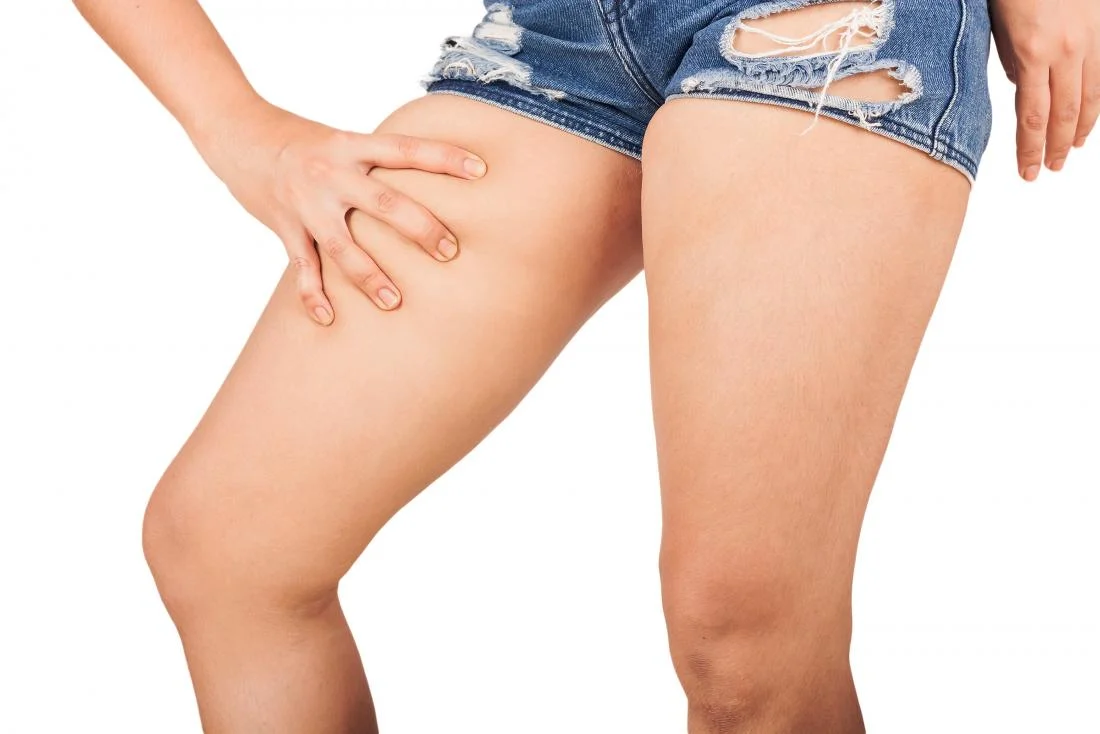Being uncomfortable in your clothes due to the rubbing and friction you get, along with sweat, can cause chafing. Chafing is usually around the sensitive parts of the body, like the inner thigh, wherein redness and tiny bumps form, which causes irritation and pain. While it’s mostly a big problem in summer, it’s possible in winter too.
No matter how much powder or creams you apply or change your clothes, it happens repeatedly. Some anti chafing shorts optimize your comfort and do not rub on the skin. These shorts are specially designed with thigh guards to prevent your skin from touching each other and causing chafing.
Below is a list of tips that you can use to avoid chafing
While it’s an excellent idea to have backup pants in case you get chaffed, it’s only sometimes possible. Hence there aren’t many precautions you can carry when going out. In such cases, anti chafing shorts are an excellent way to avoid pain and friction on the skin.
However, if you have already got chaffed, here are the things that might help you.
1. Moisturizer
It can be any moisturizer, oil, or water-based that suits your skin type. What matters is that the targeted area remains moisturized for a reasonable amount of time. It is beneficial both before and after getting chafed because the dry skin will not let the swelling and redness to minimize. The moisturizer helps calm down the redness and swelling and helps the area get less irritated and heal quickly.
Though you must ensure that your moisturizer is safe on your sensitive parts, it should preferably have calming and cooling ingredients that help the skin heal and not irritate it.
2. Avoid Using Scented Creams Or Actives
Anything scented that touches your body has alcohol or its derivatives. If not, it’ll have chemicals that retain the scent longer than it would naturally. It is incredibly harmful because it’ll harm the skin badly by increasing the peeling and causing moisture in the form of sweat to be formed there. Also, actives are known for penetrating the skin profoundly and removing a few layers of the skin.
3. No Touching
When you touch an irritating area, it is possible that bacteria can get transferred. Rubbing or touching the affected area would only result in pain and take more time to heal. Thus, it’s better not to feel that area as much as possible. Even if you have to, you should clean your hands.
4. Dress According To The Activity
Wearing tight clothes in rigorous activities where you will sweat a lot is not a good idea. Also, you need to understand that with repetitive motions, the moisturizer or ointment applied to prevent chafing would get rubbed off and have no effect. Thus, you must ensure that you have worn unique clothing like anti chafing shorts or thigh guards that protect your skin from excessive friction.
Even if you are already sweating or have chafed legs, anti-chafing clothing prevents it from developing further. It’s made up of nylon and spandex, so it’ll stick close to the skin. Moreover, it doesn’t fall off the thighs easily, and the skin does not rub against each other.
5. Stay Dry
Wetness can cause harm to the skin when you are prone to chafing. If the targeted area isn’t dry, it can cause the chafing to grow more prominent. Thus, it’s necessary to ensure that your clothes or skin don’t have moisture that can rub on your skin.
Conclusion
Regardless of what kind of activity you do, chafing is a common issue that people of all ages face. It was stereotyped in the past, but nowadays, more awareness to avoid chafing is there. Once you get grazed, if not healed early, it can cause extreme discomfort in walking or sitting on a chair. Thus, you should be aware of how to avoid chafing.







